Hive Active Heating User manual




















Other manuals for Active Heating
9
Table of contents
Popular Heating System manuals by other brands

Viega
Viega RABS 2804 installation manual
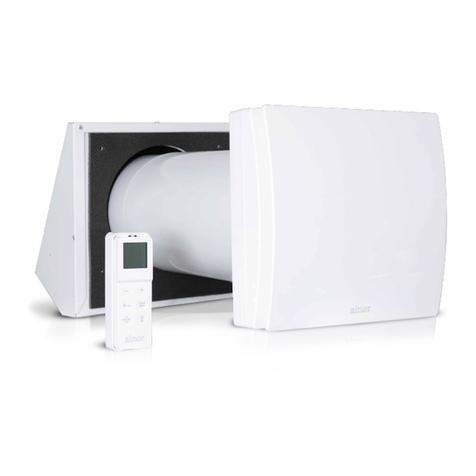
Nalnor
Nalnor HRU-WALL-RC Series user manual

therm-ic
therm-ic POWERGLOVES Instructions for use

Mitsubishi Electric
Mitsubishi Electric ecodan EHPT20Q-VM2EA Operation manual

OSTBERG
OSTBERG HERU S Operation & maintenance manual

AQUA SZUT
AQUA SZUT TERRAHOT instruction manual
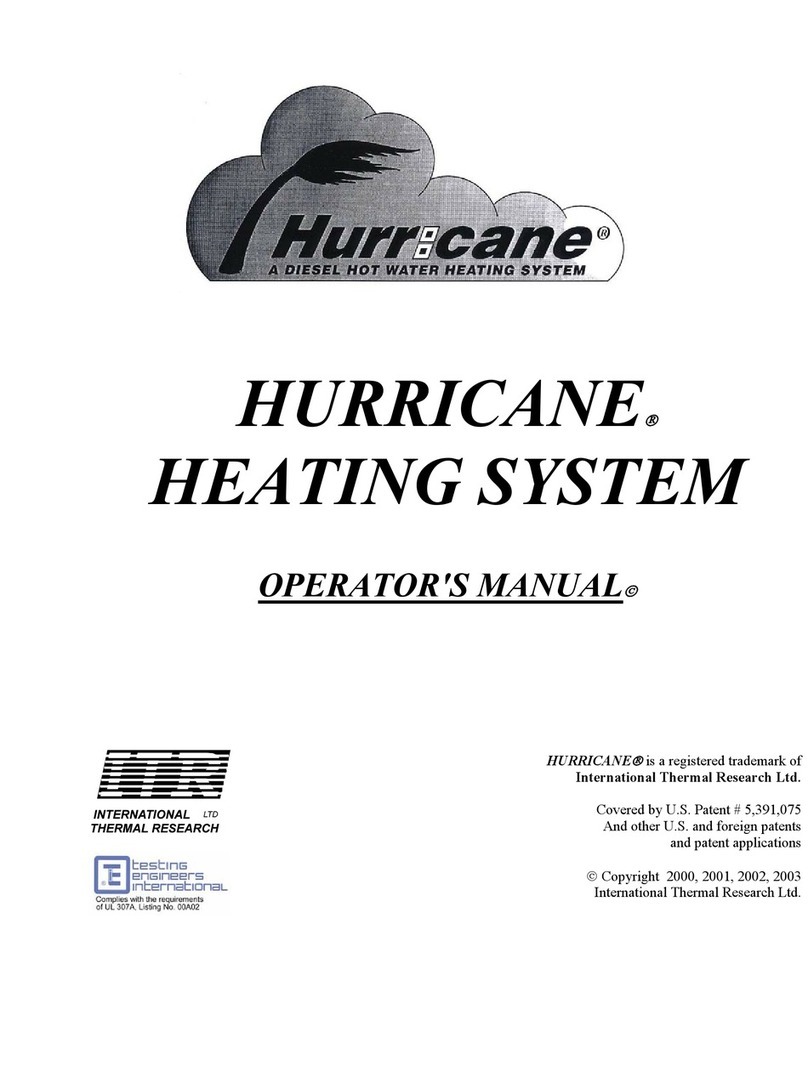
International Thermal Research
International Thermal Research CO32D Operator's manual

Viessmann
Viessmann VITOBLOC 200 Technical description
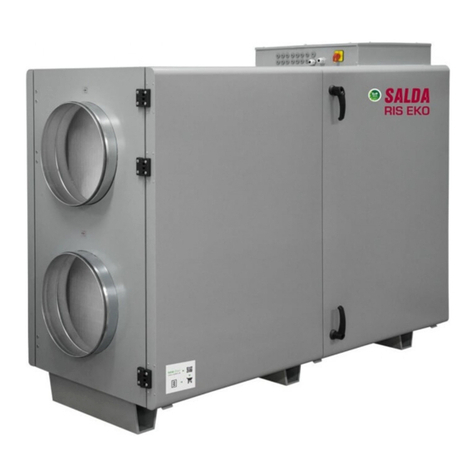
Salda
Salda RIS 1200HE EKO 3.0 Technical manual
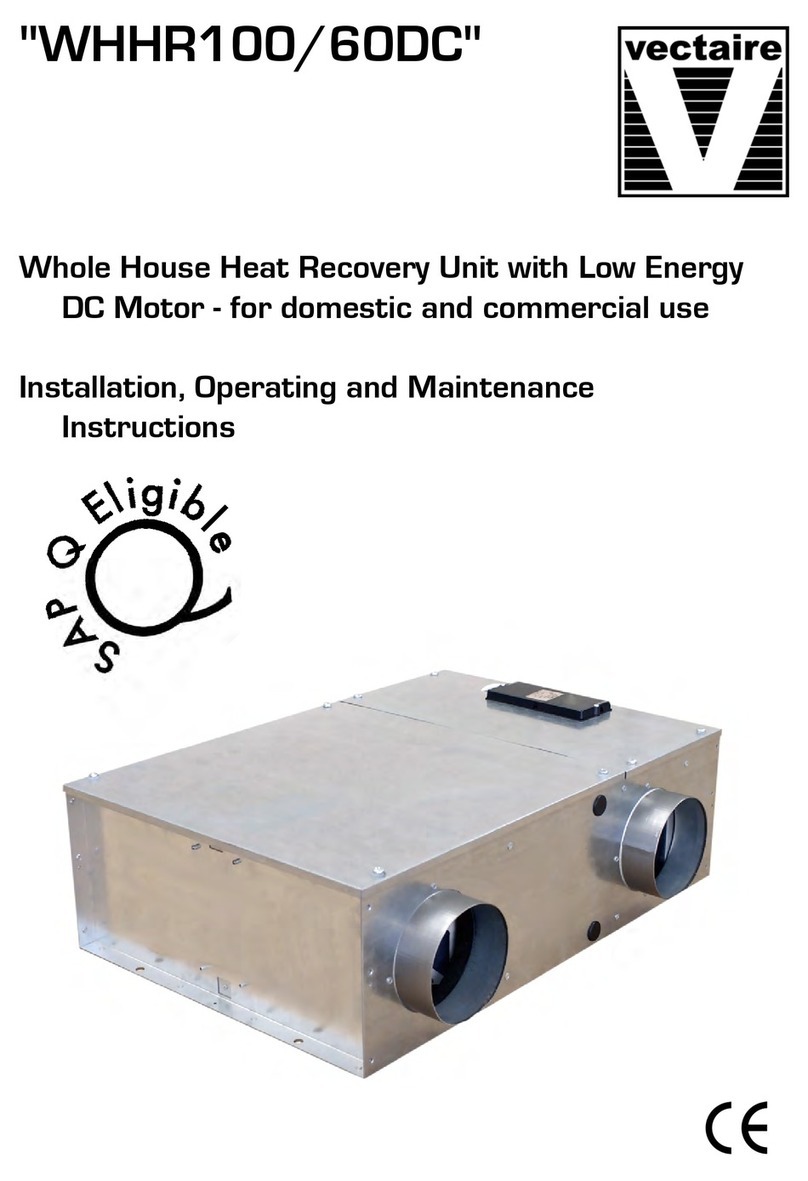
Vectaire
Vectaire WHHR100/60DC Installation, operating and maintenance instructions

SolutionAir
SolutionAir elicent REC-Duo 100 instruction manual
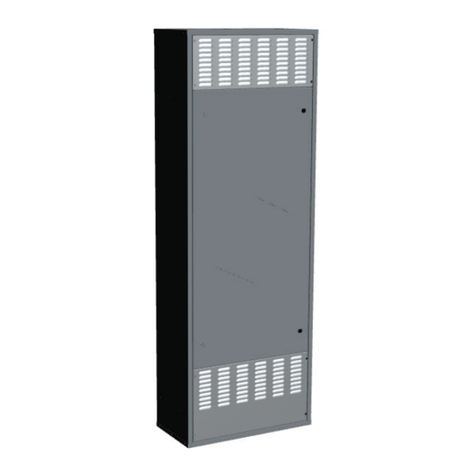
Innova
Innova HRP DOMO EXT Installation, use and maintenance manual

EBECO
EBECO Snowmelt Assembly instructions

Okofen
Okofen PE 08 operating manual

oventrop
oventrop Flypass 4TZ Installation and operating instructions
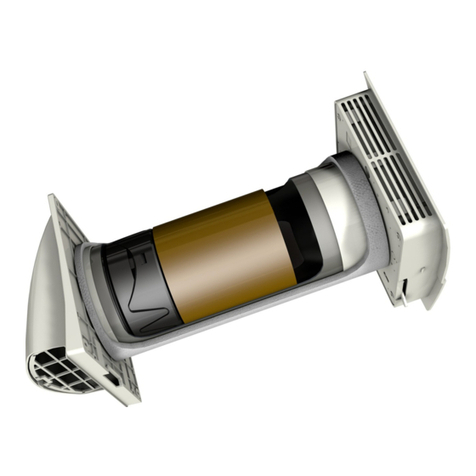
MERK
MERK MEnV 180 Pro Operating & assembly instructions
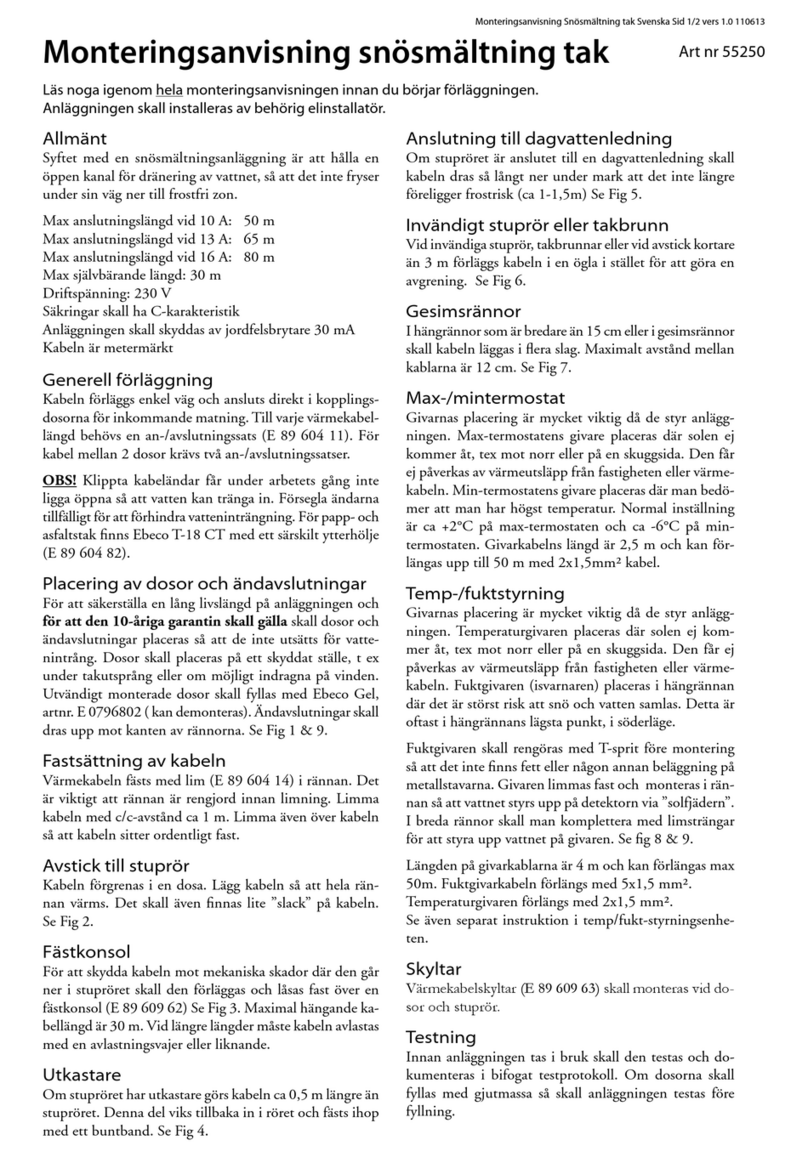
EBECO
EBECO T-18 installation instructions

Burlington
Burlington Trafalgar R1 CHR installation instructions